

Doctors
Richard P. Stanek, M.D
James E. George, M.D.
Phillip T. Sheridan, M.D.
Aaron W. Tsai, M.D.
Todd M. Watanabe, M.D.
Scott A. Uttley, M.D.
Susan J. Quick, M.D.
Alla Kelly, M.D.
Douglas P. Dworak, M.D., FACS
Derek S. Horkey, M.D.
Tracy W. Krick, M.D.
Alex L. Ringeisen, M.D.
Maggie R. Strampe, M.D.
Christopher D. Stefonowicz, M.D.
Minjun Hur, M.D.
Erik S. Bachmeier, O.D.
Trent N. Thielke, O.D.
Alan E. Hein, O.D.
Melissa M. Lopez, O.D.
Nicole K. Auble, O.D.









